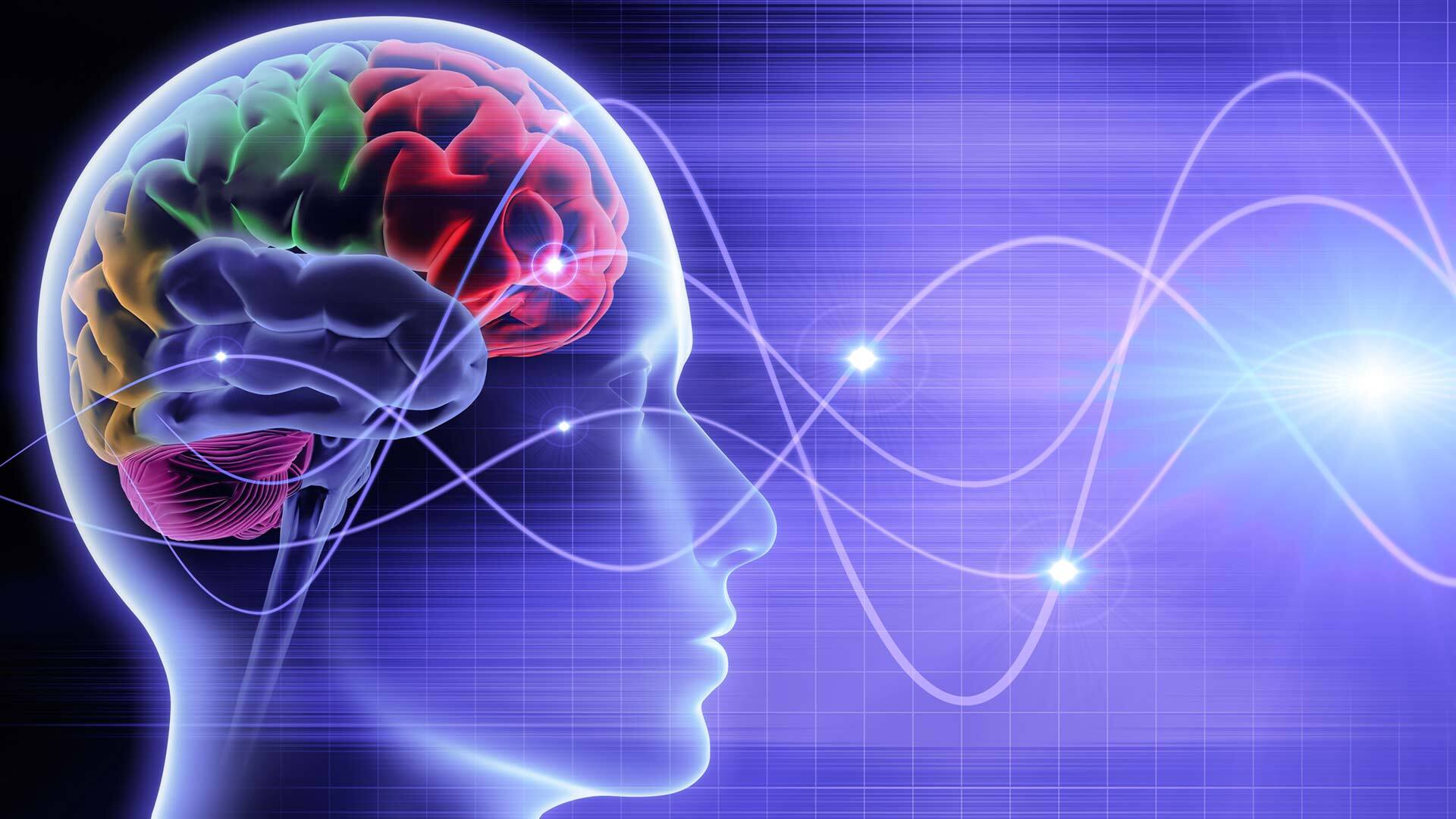
Precocious Epileptic Encephalopathy is a rare neurological disorder that affects infants and young children. Characterized by frequent seizures, developmental delays, and cognitive impairments, this condition can be challenging for families and healthcare providers. Understanding the symptoms, causes, and treatment options is crucial for managing the disorder effectively. This blog post will provide 25 essential facts about Precocious Epileptic Encephalopathy, offering insights into its impact on young lives. From genetic factors to the latest research, we'll cover everything you need to know to better comprehend this complex condition. Stay informed and discover how early intervention can make a significant difference.
Key Takeaways:
- Precocious Epileptic Encephalopathy (PEE) is a rare neurological disorder that causes severe seizures and developmental delays in infants and young children. Early diagnosis and various treatments can help manage the condition and improve the child's quality of life.
- Families and caregivers of children with PEE face emotional, financial, and physical challenges. Support groups, respite care services, and advocacy efforts are crucial for providing the necessary support and resources for affected families.
What is Precocious Epileptic Encephalopathy?
Precocious Epileptic Encephalopathy (PEE) is a rare neurological disorder. It affects infants and young children, causing severe seizures and developmental delays. Understanding this condition can help families and caregivers manage it better.
- PEE is a type of epilepsy that begins in early childhood, often within the first year of life.
- The condition is characterized by frequent and severe seizures that can be difficult to control.
- Children with PEE often experience developmental delays, affecting their motor skills, speech, and cognitive abilities.
- Genetic mutations are a common cause of PEE, with several genes linked to the disorder.
- Early diagnosis is crucial for managing the condition and improving the child's quality of life.
Symptoms and Diagnosis of PEE
Recognizing the symptoms early can lead to a quicker diagnosis and better management. Here are some key symptoms and diagnostic methods.
- Seizures in PEE can vary, including tonic, clonic, and myoclonic types.
- Infants may exhibit unusual movements, such as jerking or stiffening of limbs.
- Developmental regression, where a child loses previously acquired skills, is a common symptom.
- Electroencephalogram (EEG) tests are used to detect abnormal brain activity associated with PEE.
- Genetic testing can identify specific mutations linked to the disorder.
Treatment Options for PEE
While there is no cure for PEE, various treatments can help manage symptoms and improve the child's quality of life.
- Anti-epileptic drugs (AEDs) are commonly prescribed to control seizures.
- Some children may benefit from a ketogenic diet, which has been shown to reduce seizure frequency.
- Vagus nerve stimulation (VNS) is a surgical option that can help control seizures in some cases.
- Physical therapy can aid in improving motor skills and overall physical development.
- Speech therapy is often necessary to help children develop communication skills.
Impact on Families and Caregivers
Caring for a child with PEE can be challenging. Understanding the impact on families and caregivers is essential.
- The constant need for medical care and supervision can be emotionally and physically exhausting for caregivers.
- Financial strain is common due to the cost of medical treatments and therapies.
- Support groups and counseling can provide emotional support and practical advice for families.
- Respite care services offer temporary relief for caregivers, allowing them to rest and recharge.
- Advocacy and awareness efforts are crucial for securing better resources and support for affected families.
Research and Future Directions
Ongoing research is vital for improving the understanding and treatment of PEE. Here are some promising areas of study.
- Advances in genetic research are helping to identify new mutations linked to PEE.
- Clinical trials are exploring the effectiveness of new medications and therapies.
- Researchers are investigating the potential of gene therapy as a future treatment option.
- Improved diagnostic tools are being developed to detect PEE earlier and more accurately.
- Collaboration between researchers, healthcare providers, and families is essential for driving progress in the field.
Final Thoughts on Precocious Epileptic Encephalopathy
Precocious Epileptic Encephalopathy (PEE) is a complex condition that affects young children, leading to severe developmental delays and frequent seizures. Understanding the symptoms, causes, and treatment options is crucial for parents and caregivers. Early diagnosis and intervention can make a significant difference in managing the condition and improving the quality of life for affected children. While there is no cure, medications, therapies, and support systems can help manage symptoms and provide a better outlook. Raising awareness about PEE is essential for fostering a supportive community and advancing research efforts. By staying informed and proactive, families can navigate the challenges of PEE more effectively. Remember, knowledge is power, and being well-informed can lead to better outcomes for those living with this condition.
Frequently Asked Questions
Was this page helpful?
Our commitment to delivering trustworthy and engaging content is at the heart of what we do. Each fact on our site is contributed by real users like you, bringing a wealth of diverse insights and information. To ensure the highest standards of accuracy and reliability, our dedicated editors meticulously review each submission. This process guarantees that the facts we share are not only fascinating but also credible. Trust in our commitment to quality and authenticity as you explore and learn with us.
